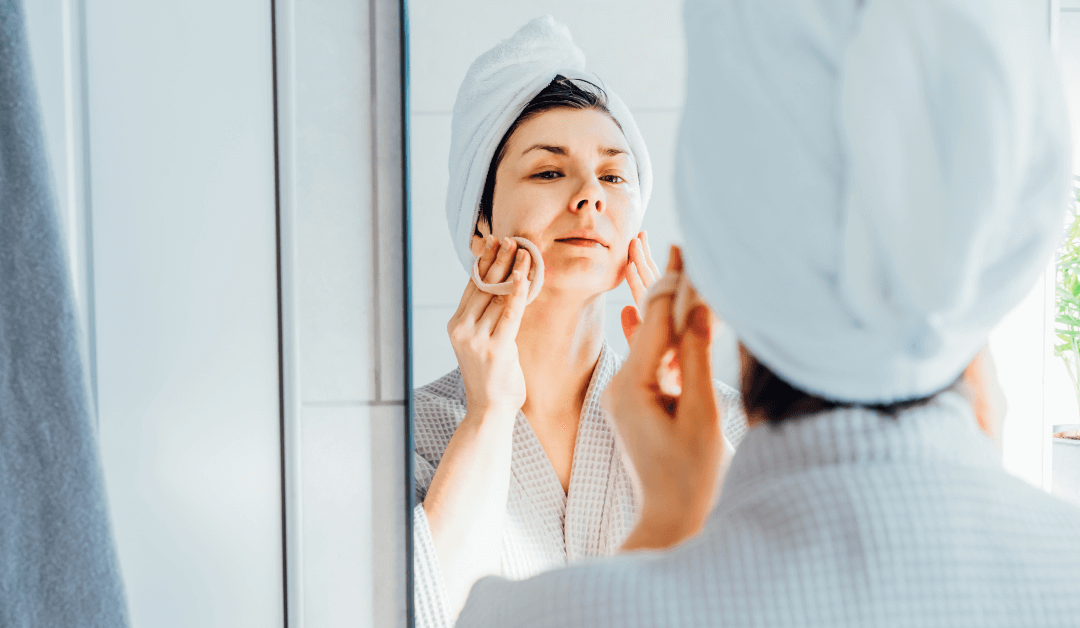AHAs and BHAs are types of chemical exfoliants that are commonly found in skincare products. Both AHAs and BHAs work to slough off dead skin cells and unclog pores, but they have some differences in their chemical structure and how they work on the skin.
AHAs, or alpha-hydroxy acids, are water-soluble acids that are derived from fruit, milk, and sugar. Common AHA types include glycolic acid, lactic acid, and mandelic acid. AHAs work by breaking down the bonds between dead skin cells, which helps to reveal brighter, smoother skin. They also help to stimulate collagen production, which can improve the appearance of fine lines and wrinkles. AHAs are best suited for normal to dry skin types, as they can be quite hydrating.
BHAs, or beta-hydroxy acids, are oil-soluble acids that are derived from salicylic acid. BHAs work by penetrating the pores and dissolving the oil and dead skin cells that can lead to breakouts. They are especially effective at treating acne-prone and oily skin types, as they can help to reduce oil production and prevent breakouts. BHAs also have anti-inflammatory properties, which can help to calm redness and irritation.
One key difference between AHAs and BHAs is their pH level. AHAs typically have a higher pH level, which makes them better suited for treating surface-level concerns such as dullness or hyperpigmentation. BHAs, on the other hand, have a lower pH level, which makes them better suited for treating deeper, more stubborn issues such as acne or blackheads.
When using AHAs and BHAs in your skincare routine, it’s important to start slowly and gradually increase your usage to avoid over-exfoliation or irritation. It’s also important to use sunscreen daily, as AHAs and BHAs can increase your skin’s sensitivity to the sun. If you have sensitive skin or are unsure about using AHAs or BHAs, it’s best to consult with skincare professionals like the experts from Skin Escape who can help you determine the best course of action for your skin.

